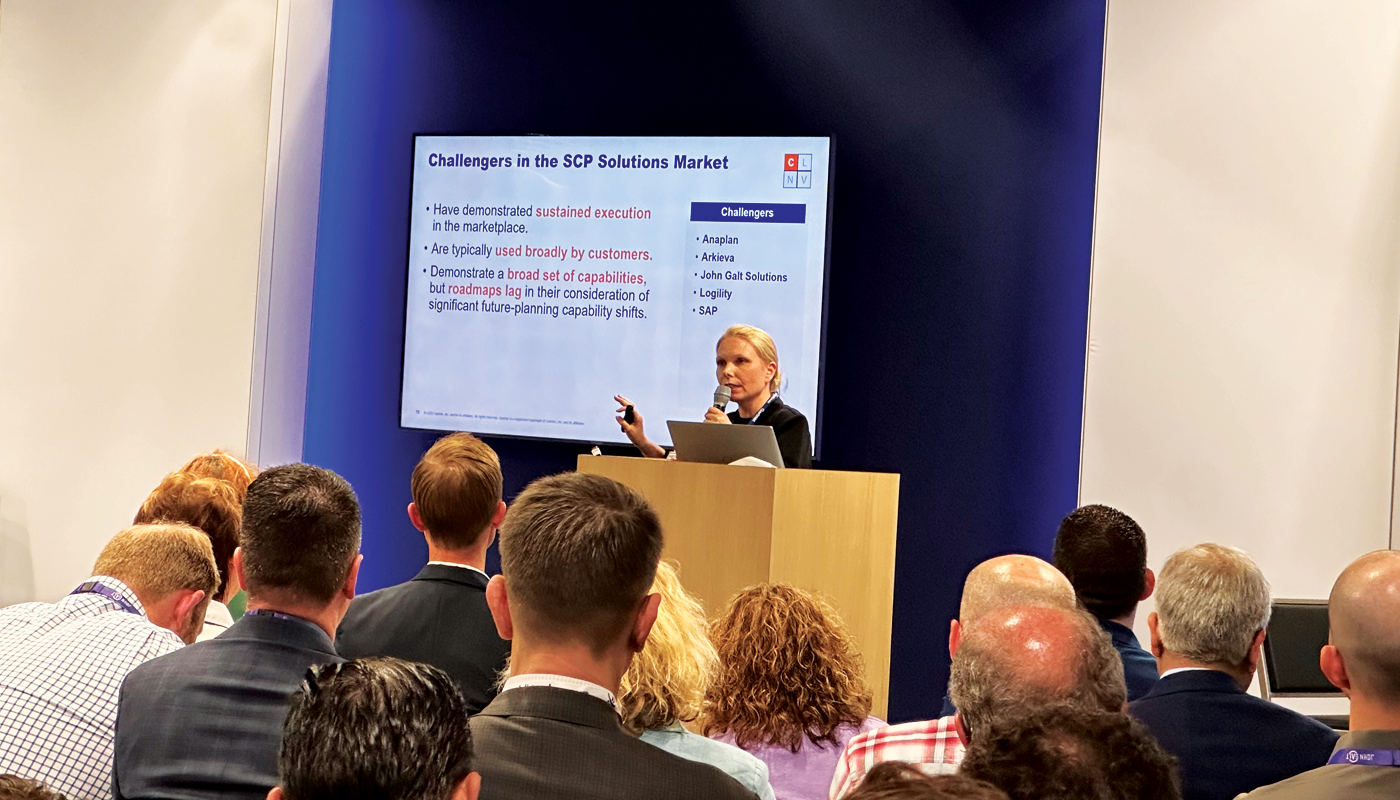Last time in Sales, Inventory & Operations Planning (SiOP) – Part Three I talked about the Demand step of the cross-functional process of SiOP. For this blog we will discuss the Supply step.
Supply
Planning is an old discipline, though many companies struggle for 2 main reasons:
- Lack of adequate tooling: either excel, either outdated, either not integrated
- Lack of understanding of the added value of having different levels of planning
It is old knowledge that planning typically occurs in multiple levels:
- You can have the strategic level, looking multiple years out, supporting capital expenditure and investment type of decisions.
- A rough-cut-capacity planning, looking 12-18 months out, looking to balance seasonal inventories, global allocations, rough cut decisions on manpower and other resources.
- A master planning, looking 6-12 weeks out, focused on optimizing the bottleneck, more detailed manpower planning and providing the basis for ordering of raw materials and components through an MRP calculation.
- A detailed scheduling, looking at the next few days, synchronizing and optimizing multiple detailed steps in the production planning, typically assuming the right resources are available to do the job, and accommodating the situations where they are not.
It is surprising however, how many companies are missing 1 or multiple levels. The problem is that what you didn’t foresee in a rough-cut capacity plan, you are typically unable to correct at a master planning level. There are good reasons why the above has grown as a standard.
A second big issue is the lack of adequate tooling. Too many companies are scheduling or planning using home grown excels. Excels tend to be very manual, not integrated, meaning you’re never sure you have the latest version of the orders and the forecast, prone to errors, have difficulties to handle scenario’s, to connect to a higher or lower level plan, …
We under-invest in planning tools because we underestimate the impact it has on the service-cost-cash balance. We tend to see the resulting problems: too much inventory, service issues, high expediting costs, frequent overtime or weekend shifts, … We don’t tend to see planning as the solution.
We under-invest in planning tools because planners are working too hard and are being too flexible. That keeps the above costs hidden. They’d help themselves and the company if they would do differently and help making the business case for a planning system. With growing complexity, they are running down a dead end street!
Look for a planning system that allows planning on the different levels in an integrated way. Look for scenario capabilities. Planning is a complex job. Your final plan is typically the result of evaluating possible alternatives on service, cost and inventory.






